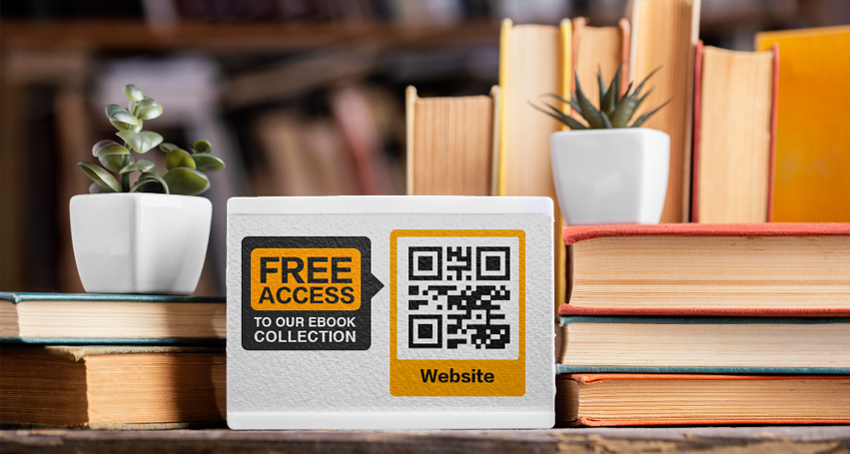Introduction
Libraries have always been a bastion of knowledge, providing resources and information to communities. In the digital age, libraries are leveraging technology to enhance access to information, and one such tool is the QR code. These small, scannable codes are being utilized in libraries worldwide to expand access to knowledge in innovative ways. In this article, we explore the role of QR codes in libraries and how they are transforming the way patrons interact with library resources.
Seamless Access to Digital Content
QR codes offer a seamless pathway for patrons to access digital content and resources from their mobile devices. Libraries can place QR codes on physical materials such as books, magazines, or CDs, allowing users to instantly access e-books, audiobooks, online journals, or multimedia content related to the physical item they are interested in. This integration of physical and digital resources provides a more comprehensive and engaging experience for library patrons.
Mobile-Friendly Resource Discovery
With the prevalence of smartphones, QR codes enable patrons to easily discover and explore library resources while on the go. By placing QR codes on posters, flyers, or signage, libraries can direct users to specific sections, collections, or upcoming events. Patrons can scan the codes to access detailed information, including book summaries, author biographies, or event schedules. QR codes streamline the discovery process, making it more interactive and convenient for library users.
Interactive Library Guides and Tours
QR codes are transforming the way libraries offer self-guided tours and informational guides. Libraries can create QR codes that are strategically placed throughout the premises, allowing visitors to access virtual tours, audio guides, or informative videos about the library’s history, architecture, or special collections. This interactive approach enhances the visitor experience, providing a deeper understanding of the library’s offerings and promoting a sense of exploration.
Quick Access to Library Services
QR codes simplify access to library services, ensuring patrons can efficiently utilize the available resources. Libraries can incorporate QR codes into library cards or membership information, enabling users to scan the code and access their online accounts, renew materials, place holds, or make requests directly from their smartphones. This convenient method reduces wait times and enhances the overall user experience, promoting efficiency and user satisfaction.
Promoting Community Engagement
QR codes facilitate community engagement by connecting library patrons with relevant events, programs, or collaborative projects. Libraries can display QR codes that link to online community forums, book clubs, or social media groups where patrons can connect, discuss, and share recommendations. QR codes also provide an avenue for users to provide feedback, offer suggestions, or contribute to library initiatives, fostering a sense of community ownership and involvement.
Accessibility for All
QR codes contribute to accessibility in libraries by providing alternative formats for individuals with visual impairments or learning disabilities. Libraries can generate QR codes that link to audio descriptions, braille translations, or sign language interpretations, ensuring that all patrons have equal access to information and resources. QR codes empower libraries to cater to diverse needs and create inclusive environments.
Conclusion
QR codes are revolutionizing the way libraries connect patrons with knowledge and resources. By seamlessly bridging the physical and digital realms, these codes enhance access to digital content, simplify resource discovery, offer interactive guides and tours, streamline library services, promote community engagement, and foster accessibility for all. As libraries continue to adapt to the digital age, QR codes will play an increasingly important role in expanding access to knowledge, empowering library patrons, and creating dynamic learning environments.


